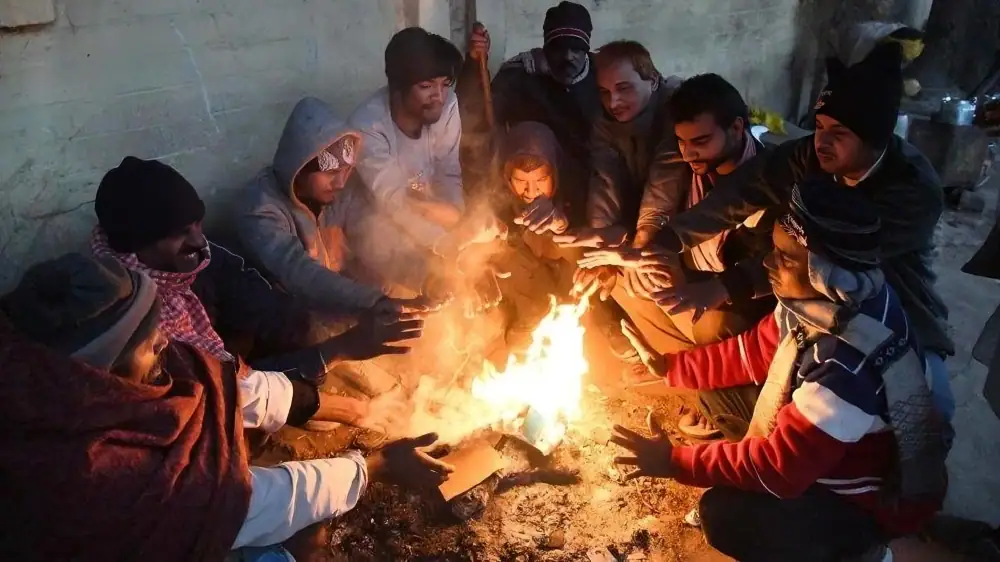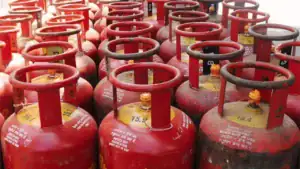The National Disaster Management Authority (NDMA) has projected near-normal rainfall and colder nights across Pakistan over the next three to four months.
While northern parts of the country are expected to receive typical seasonal precipitation, southern and western regions, particularly Balochistan and Sindh, may experience below-average rainfall and possible drought conditions.
Briefing the media, Senior Disaster Risk Assessment Specialist Dr. Tayyeb Shah said that cold winds from Siberia are likely to intensify winter conditions in northern and central Pakistan by the end of November.
Temperatures in the plains and southern regions are expected to remain close to seasonal averages, while northern areas will face severe cold in December.
According to Dr. Shah, snowfall this winter is forecast to be slightly below normal, particularly in Gilgit-Baltistan, Chitral, and upper Khyber Pakhtunkhwa. Light early snowfall may occur in October, with more consistent accumulation from mid-November onwards.
He noted that reduced snow cover could affect glacier health and water availability in 2026, although no significant water shortages are expected this year due to adequate monsoon reservoir storage.
Mountainous northern districts such as Kohistan, Mansehra, Swat, Diamer, Astore, Nagar, and Neelum remain moderately vulnerable to landslides due to residual monsoon moisture and freeze-thaw cycles.
READ MORE: Major Punjab Cities Likely to Face Dense Smog till December
Key routes including the Karakoram Highway and Neelum Valley Road may see occasional travel disruptions. NDMA has recommended continuous monitoring and timely early warnings along major transport corridors.
In the south, parts of southwestern Balochistan and interior Sindh may experience mild to moderate meteorological drought due to prolonged dryness and heavy reliance on groundwater.
Districts such as Chagai, Nushki, Panjgur, and Gwadar are highlighted as high-risk zones. NDMA has advised promoting groundwater conservation and climate-smart agricultural practices to protect rural livelihoods.









